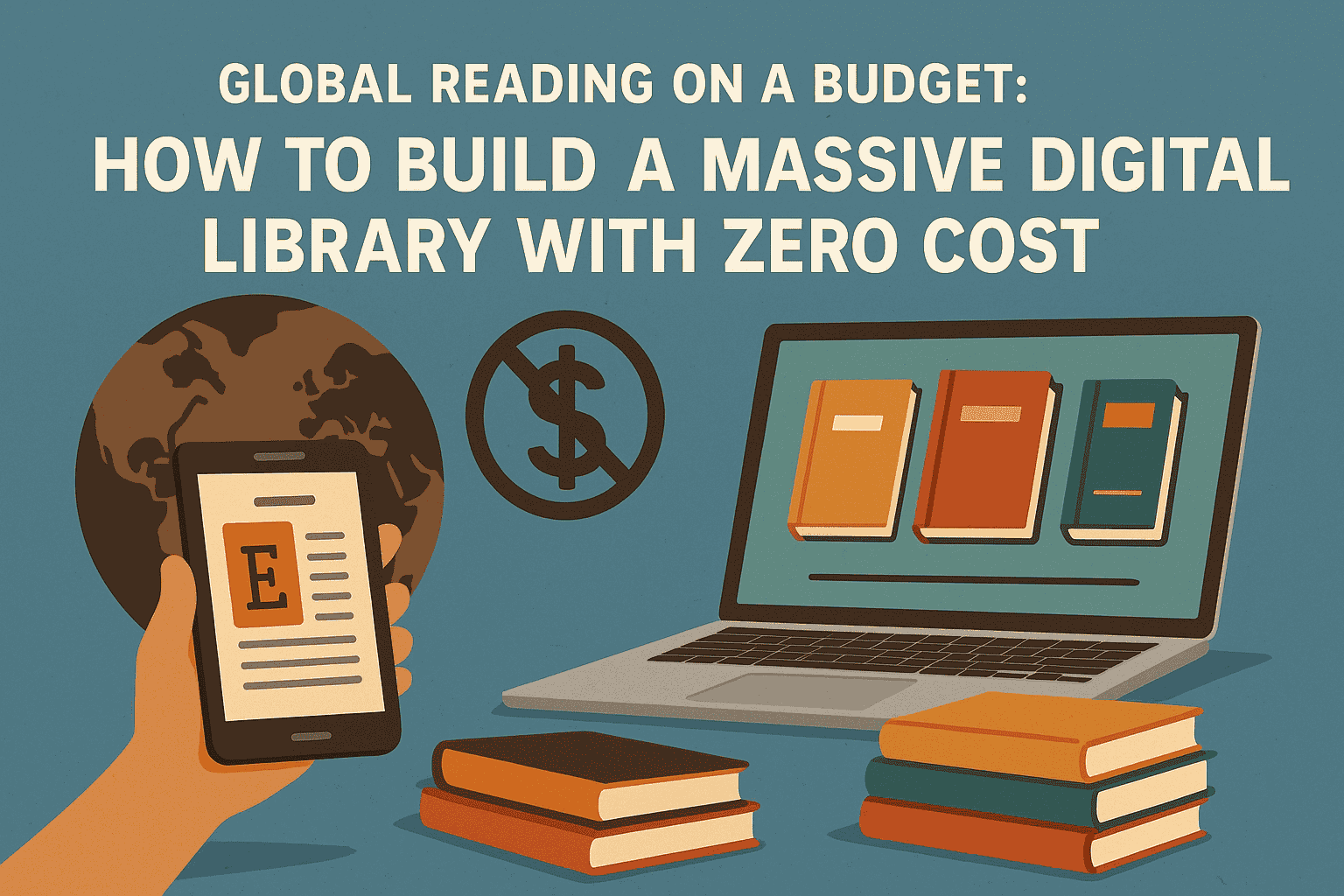Romantic Subplots Built Around Academic Scholarships in Fiction
In the rich world of fiction, academic scholarships are more than just tools for social mobility or intellectual development—they often serve as pivotal backdrops for romantic subplots. Whether as sparks that ignite relationships, sources of tension, or metaphors for personal growth, scholarships frequently intertwine with love stories in profound and nuanced ways. These subplots highlight how academic aspirations can both connect and complicate romantic connections, especially when characters come from different socioeconomic or cultural backgrounds.
This blog post explores how romantic narratives in scholarship-themed fiction are used to deepen character development, explore identity, and reflect broader societal themes like class, ambition, gender roles, and emotional maturity.
1. The Scholarship as a Meeting Point
Many romantic subplots begin when two characters, often from different walks of life, meet because one or both of them receive scholarships. This common trope creates an environment of shared goals and high stakes—conditions that naturally foster emotional intimacy.
In If I Was Your Girl by Meredith Russo, Amanda Hardy, a transgender girl navigating her senior year at a new school, dreams of college and a better life. Her aspirations set her apart, and her scholarship goals become a central part of her identity. When she falls in love with Grant, a working-class student with his own set of challenges, their relationship grows in the shadow of their academic goals. The romance is intensified by their shared desire for escape and transformation, which the scholarship symbolizes.
In such stories, the scholarship isn’t just a plot device—it’s a symbol of hope and change. It pulls characters together, creating a common bond that transcends surface-level differences.
2. Love Across the Class Divide
Scholarship students in fiction often come from less privileged backgrounds, entering elite academic spaces dominated by wealth. This contrast becomes fertile ground for romantic tension, especially when romantic interests come from opposing social classes.
In A Great and Terrible Beauty by Libba Bray, the protagonist Gemma Doyle enters Spence Academy, a posh finishing school for girls, where class and power are key social markers. Although not explicitly about a scholarship, the novel explores themes of privilege, ambition, and class difference—mirroring the tensions often seen in scholarship-based narratives. When characters fall in love across class boundaries, their relationships are charged with unspoken power dynamics. The scholarship student may feel inadequate or suspicious of their partner’s motives, while the privileged character may feel guilt or confusion over their affections.
This dynamic is reflected in novels like Eleanor & Park by Rainbow Rowell, where Eleanor, the underprivileged and bullied scholarship girl, finds herself drawn to Park, who—though not wealthy—lives in a more stable environment. Their love story is tender but troubled by Eleanor’s internalized shame and social anxiety. The scholarship subtext underscores how class disparities can shape emotional vulnerability and self-worth, even in the most heartfelt relationships.
3. Ambition vs. Emotion: When Goals Conflict
Scholarship students in fiction are often laser-focused on their academic dreams. Romance can seem like a distraction—or worse, a threat. This tension adds emotional depth to the narrative as characters grapple with choosing between love and ambition.
In The Disreputable History of Frankie Landau-Banks by E. Lockhart, Frankie attends a prestigious boarding school where she constantly feels the pressure to prove her intellectual worth. While she doesn’t receive a scholarship, she represents the kind of character who might have: smart, ambitious, and determined to disrupt the status quo. Her relationship with the charming but complacent Matthew becomes a power struggle. Frankie wants to be seen as an intellectual equal, but Matthew prefers a more traditional, supportive girlfriend.
This kind of romantic subplot is mirrored in many scholarship-themed novels where the love interest either supports or undermines the protagonist’s academic goals. The scholarship becomes a litmus test for compatibility—can the relationship survive the demands of ambition and personal growth?
4. Love as a Reward for Resilience
In some stories, romance is not just a subplot but a complementary reward for the protagonist’s academic struggles. The scholarship is the intellectual prize, and love is the emotional one. These narratives tend to follow a “rags-to-riches” emotional arc, where a disadvantaged character not only gains access to education but also finds validation in romantic love.
In Americanah by Chimamanda Ngozi Adichie, Ifemelu’s scholarship to study in the United States is a life-changing event. While her romantic relationship with Obinze is strained by distance, immigration challenges, and cultural change, it remains a powerful emotional thread throughout the novel. The scholarship opens doors, but it also causes geographical and emotional displacement. Their love story is interwoven with themes of identity, race, and cultural adaptation.
Here, romance and scholarships are intricately linked. The education Ifemelu gains abroad changes her, and by the time she returns to Nigeria, both she and Obinze have evolved. Their eventual reunion is less a fairy tale and more a hard-earned reconciliation, shaped by everything they’ve learned and endured.
5. Forbidden Love and Institutional Boundaries
Scholarship stories are often set in structured academic environments—boarding schools, universities, and competitive programs—that create rigid hierarchies. These spaces are rich ground for forbidden or frowned-upon romances.
In Looking for Alaska by John Green, the protagonist Miles attends a boarding school on a scholarship and becomes enamored with the mysterious and self-destructive Alaska Young. Though not a conventional love story, their intense connection is shaped by their academic setting. Miles, the outsider scholarship kid, is drawn to Alaska’s chaos and brilliance. Their relationship is ultimately tragic, but the themes of intellectual connection, emotional confusion, and institutional pressure remain central.
The idea of "falling in love where you shouldn't" is particularly poignant for scholarship students, who often feel they must follow a narrow path to success. Romantic entanglements can represent both freedom and risk, depending on how they affect the characters’ academic standing or future prospects.
6. Power Dynamics and Vulnerability
Sometimes romantic subplots expose the power imbalances between scholarship students and their peers, mentors, or romantic partners. These relationships can explore sensitive issues like emotional dependency, manipulation, or impostor syndrome.
In Prep by Curtis Sittenfeld, protagonist Lee Fiora attends a prestigious boarding school on a scholarship and finds herself in a relationship with a popular, affluent boy. Her emotional need to be accepted and validated by him underscores the social and romantic isolation that can accompany academic ambition. Her scholarship status makes her feel like a perpetual outsider, even in intimate relationships.
These stories often center on the question: Can love be real when it crosses power lines? The scholarship recipient’s vulnerability is magnified when romance is added to the mix, especially if the partner represents the very privilege the character lacks.
7. Rewriting the Love Story: Self-Love and Independence
In more modern narratives, scholarship-themed romances often take a progressive turn, where characters choose themselves over unhealthy relationships. The scholarship becomes not just a vehicle for upward mobility, but a metaphor for self-worth and independence.
In With the Fire on High by Elizabeth Acevedo, teen mother Emoni Santiago dreams of becoming a chef and earns a scholarship to a culinary program in Spain. While romance is a subplot—she shares a sweet relationship with a classmate—it never overshadows her personal journey. The scholarship, and her pursuit of it, symbolizes her decision to prioritize herself and her daughter. The love story supports her growth rather than hindering it.
This shift in storytelling represents a broader change in literature, where romance is no longer the "prize" for academic success, but one of many valid emotional experiences on the protagonist’s journey.
Conclusion: The Dual Role of Scholarships and Love
Romantic subplots in scholarship-themed fiction serve more than just sentimental functions. They:
-
Illuminate class tensions and emotional insecurities.
-
Provide contrast between personal and academic ambition.
-
Add emotional texture to character arcs, showing how love complicates or enhances scholarly pursuits.
-
Reflect evolving social norms, especially around gender, power, and independence.
Far from being peripheral, these romantic narratives offer a deeper look into how human connection, vulnerability, and desire intersect with academic goals. As characters fight for scholarships, they are also often fighting for emotional space—room to love, be loved, and grow into their fullest selves.
Whether the love stories end in heartbreak or happy-ever-afters, they remind us that the pursuit of knowledge is never just about the mind—it’s about the heart, too.







